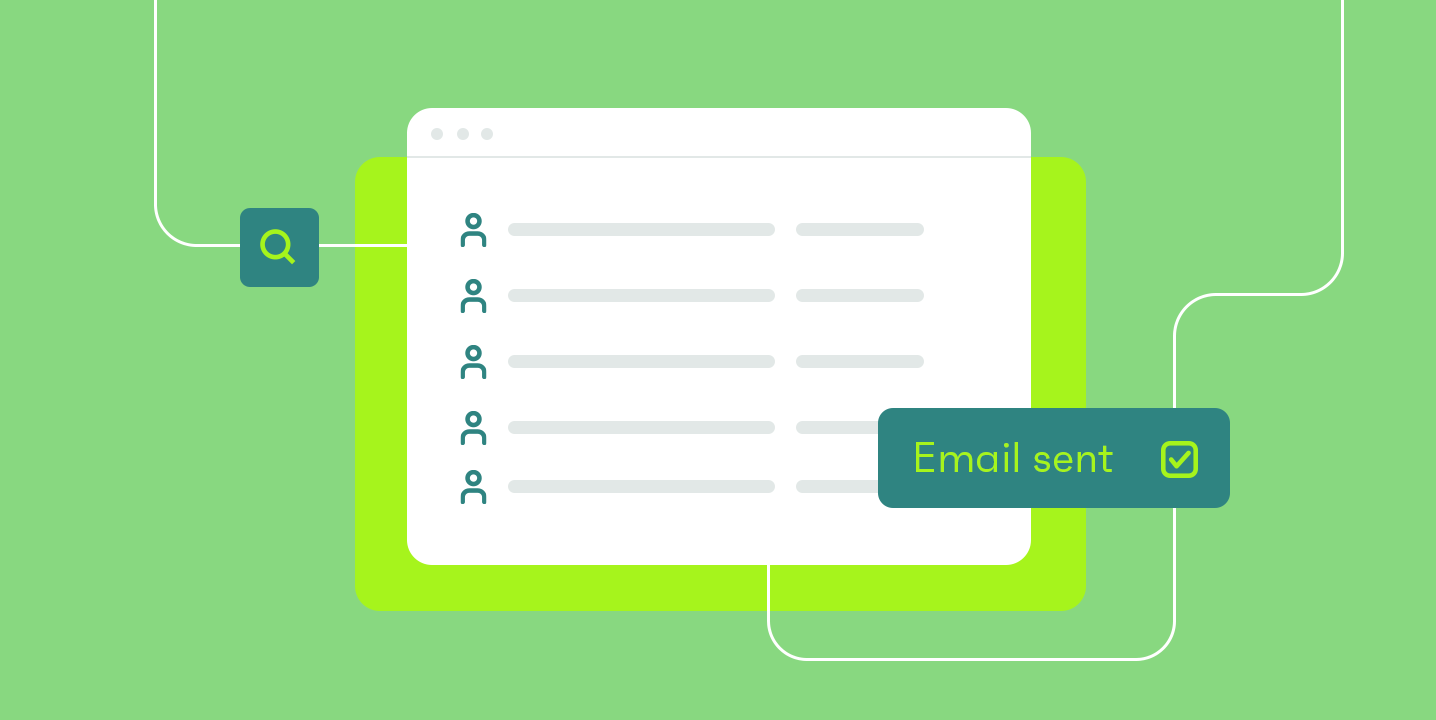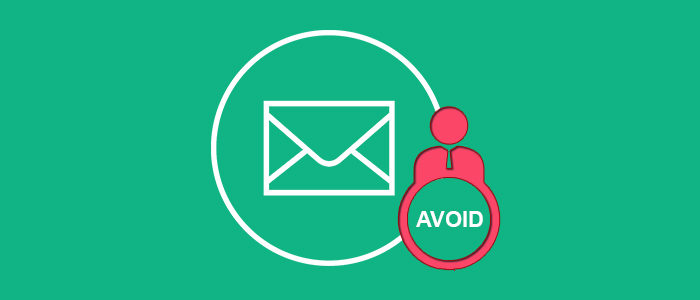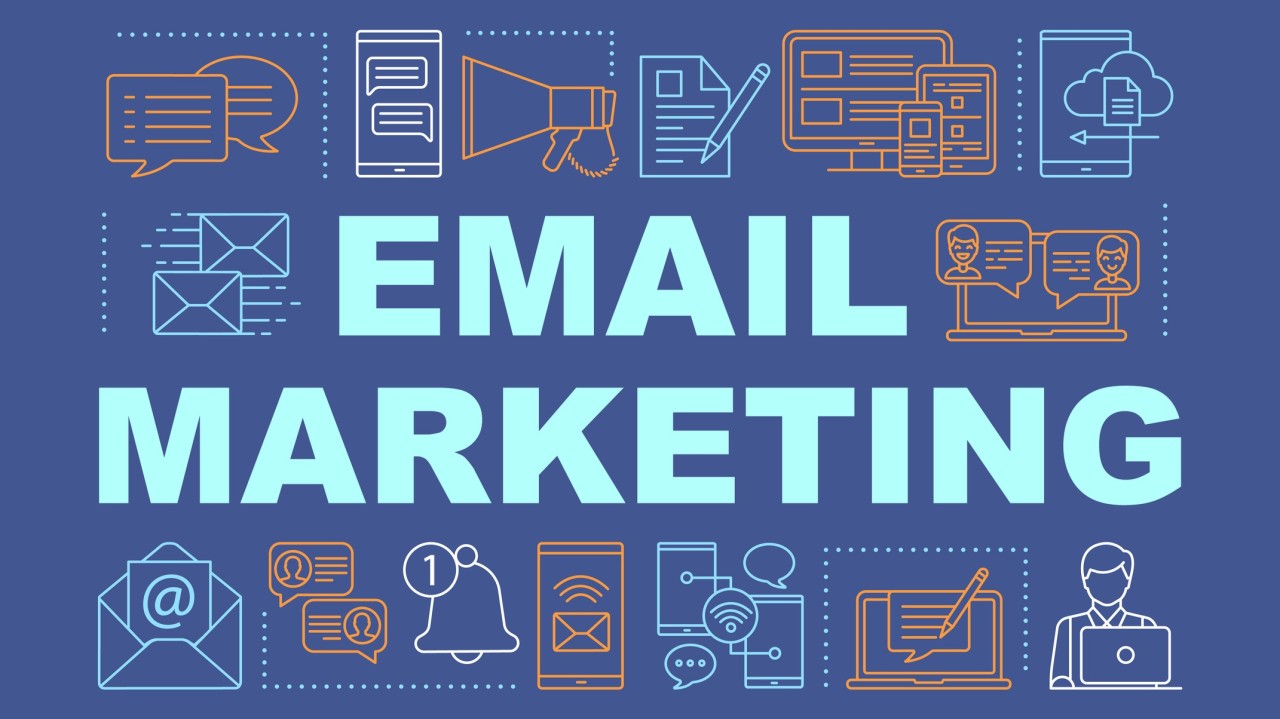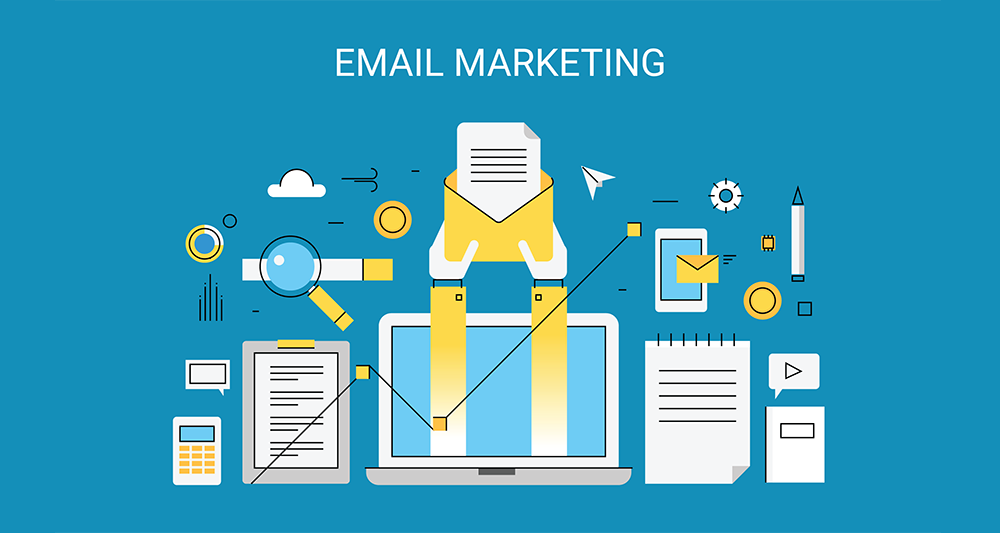Many businesses starting with email outreach but unfamiliar with marketing tools like EmailOctopus often begin by sending bulk emails using BCC fields. While this occasionally works, it’s not the recommended approach.
A more effective way to manage bulk email is by using dedicated email marketing platforms or mail merge when you already know your contacts and don’t require advanced features like segmentation and tracking.
Below, we’ll explore both options to help you decide which fits your needs best.
Mail Merge
Mail merge was developed to send bulk emails with personalized details such as names and addresses. It automatically populates a template with specific information for each recipient.
This method works well for sending newsletters, invitations, or internal communication across an organization. Although some use mail merge for marketing, it isn’t built for that purpose.
Use Cases:
Internal personalized messages
Invitations
Newsletters to known contacts
Pros:
Low cost, often no extra software needed
Simple to set up
Cons:
Not suitable for full-scale marketing campaigns
Limited personalization options
Email Marketing Campaigns
Email marketing campaigns are designed to help businesses promote products, services, or build brand awareness. Unlike mail merge, these require a dedicated tool like EmailOctopus to manage lists, design templates, and track performance.
With marketing platforms, you get advanced capabilities including audience segmentation, analytics, and automation workflows.
Use Cases:
Newsletters
Cart abandonment emails
Promotional campaigns
Pros:
Comprehensive analytics and tracking
Automation for routine communications
Custom design options using drag-and-drop editors
Cons:
Requires dedicated tools
Needs initial setup and configuration
Mail Merge vs. Email Marketing Campaigns
Although both approaches involve sending bulk emails, they serve different purposes.
Mail merge works best for internal messages or newsletters that don’t require segmentation or rich design. Email marketing campaigns are better suited for engaging customers with promotional content, automated workflows, and detailed analytics.
| Feature | Mail Merge | Email Marketing Campaigns |
|---|---|---|
| Use-case | Basic personalized bulk emails | Full-scale marketing and promotional emails |
| Analytics support | No | Yes |
| Segmentation | No | Yes |
| Automation | No | Yes |
| Sending limit | Daily limits (Gmail/Outlook) | No strict limits |
| Unsubscribe option | Not by default | Yes |
| Content type | Mostly text-based | Rich media support |
Legal Considerations
Sending marketing emails requires compliance with regulations like GDPR and the CAN-SPAM Act.
Mail merge was developed before these laws and is generally non-compliant by default. Achieving compliance often involves additional tools and manual setup.
In contrast, email marketing tools are purpose-built to help you stay compliant, providing features like automated unsubscribe links and data protection measures.
Best Tool for Marketing Emails
While mail merge is useful for basic communication, dedicated email marketing platforms offer significant advantages. Choosing the right tool ensures you can make the most of these features.
EmailOctopus, for example, provides a generous free tier that lets you send marketing emails to up to 2,500 subscribers at no cost. It also includes a drag-and-drop editor, segmentation, automation workflows, and real-time reporting.
Features:
Drag-and-drop email editor
Email automation
Landing page builder
Real-time campaign and automation reporting
Pricing:
EmailOctopus offers a free plan for up to 10,000 emails to 2,500 subscribers. For advanced capabilities, the Pro plan starts at $18 per month.
Conclusion
Mail merge and email marketing campaigns each have their strengths. If your needs are simple and personal, mail merge can work. For professional marketing at scale, investing in an email marketing platform is the better choice.




